Health experts say there are a wide variety of types of headaches, and each has its cause and trigger.
The truth is that most of them share the same principle. They are all characterized by a sharp, annoying, and, in some cases, recurring pain that the patient experiences in the upper part of the skull.
Although many people may consider this matter trivial, when it comes to headaches, not everything is as simple as it might seem.
For this reason, here we will analyze the different types of headaches, their causes, and treatments.
Headache: A common ailment
If you’ve been curious enough to do some research on this topic yourself, you’ve probably noticed that headaches are among the most common ailments.
And honestly, this should not seem strange, especially if we look at it from a biological point of view.
The human skull has a wide network of blood vessels inside it that are responsible for ensuring that oxygen can reach the brain.
If we add to this all the neurons responsible for carrying electrical impulses throughout the body, there is no doubt that we are dealing with one of the most sensitive parts of human anatomy.
There are many situations and external elements that can cause an individual to start experiencing headaches.
Excessive noise, overexposure to light, lack of oxygen, and even psychological disorders such as stress, are elements that can trigger a headache.
Likewise, these pains often manifest as symptoms of more serious illnesses.
Diseases such as dengue, yellow fever, and even Alzheimer’s are conditions that manifest with headaches in their early stages.
Headaches also arise as a consequence of possible physical damage to the inside of the skull, such as bruises or brain trauma.
At this point, what we must always remember is to remain attentive to the type of pain and the frequency with which it occurs.
These are the best indicators of what we are dealing with and how necessary the intervention of a specialist is.
Most common types of headaches and how to treat them
We have all experienced at least one type of headache at some point in our lives. Thus, the most common pains manifest as natural reactions of the body to external elements that alter the body’s functions.
In this way, the stress and tensions of our daily lives are one of the most common triggers.

The excessive use of devices and tools provided by modern technology has also contributed to the increase in headaches.
But beyond looking for the culprits, we also want to know the solutions.
One very reassuring thing about all this is that no matter what type of headache you have, there are a wide variety of treatments and medications to control it and provide relief.
To go deeper into this point, it is essential to understand that headaches are divided into two categories, which we will proceed to define.
Primary types of headaches
Primary headaches belong to a category that includes all diseases that cause this condition without an external stimulus.
That is to say, in this division, we find all the medical conditions that are characterized by producing headaches in the patient. But this is not the result of an injury or symptom of a more serious illness.
In this division, we can find the types of headaches that manifest as biological responses or alterations at a psychic level.

An important point to consider is that these ailments can be treated by using medications such as aspirin or over-the-counter painkillers.
This does not mean that it is not necessary to consult a health specialist, since in fact, it is preferable to do so before starting treatment.
Conditions such as stress, depression, and anxiety are the main triggers of headaches associated with the conditions that are part of this division.
These ailments can also manifest as a direct consequence of noise pollution or overexposure to light.
Among the most common diseases that trigger primary types of headaches we can find :
Migraines
A condition characterized primarily by pain described as stabbing and intense, which always occurs in a specific location in the head.
Studies have recently confirmed that migraine is a condition that occurs more frequently in women.
It is a condition that manifests suddenly and becomes visible in episodes that can last days or even weeks.
Tension pains
Tension headaches, also known as tension headaches, are pains that occur on both sides of the head as a result of muscle tension.
Among the types of headaches, this is one of the most common types of headaches that patients tend to experience due to stress.
The pain can last for hours, however, it does not prevent the individual from carrying out normal activities.
Cluster headache
A type of headache that gets its name from the way it occurs and how often it occurs.
Cluster headaches are characterized by a stabbing pain around or behind the eye. Unlike migraines, this condition is more common in men.
Pain on exertion
A headache associated with physical effort is a short-term headache that a person experiences after performing a very demanding physical activity.
This condition is common in people who tend to push themselves too hard during exercise and can be treated with painkillers.
Recent studies have confirmed that this syndrome occurs more frequently in patients with a family history of migraine.
Hypnic pain
One of the conditions that stands out among the types of primary headaches is it only manifests in people over 50 years of age.
Hypnic headache is also known as “wake-up headache” because it usually occurs at night.
Patients suffering from this disease are extremely sensitive to light and loud noises.
Types of secondary headaches
Within the second division of types of headaches, we find all those ailments that are produced as a consequence of an external element.

This is where we can find those headaches caused by blows or trauma to the cranial level.
Also in this second group are the ailments that are classic symptoms of withdrawal syndrome. The types of pain caused by quitting caffeine and medications have their place within this second category.
It is clear here that headache is an important part of the symptoms, but it is not the only one that the person experiences.
When the term secondary is used, what is meant is that the headache is nothing more than a symptom of a more serious disorder.
Whether the trigger is a physical or hormonal condition or is linked to a dependency on a drug or chemical.
The truth is that in these types of cases, it is necessary to have the support and follow-up of a specialist in the health field.
But just like the first-degree headache types, each of the conditions has a treatment to reduce its effects.
However, it should be noted that these procedures must be carried out in a much more controlled manner and with prior medical approval.
Among the types of headaches that are part of this second category we can find:
Pain from medications
This type of headache is extremely common in people who use over-the-counter painkillers to treat other ailments.
A person who tends to abuse the doses and consumption of non-prescribed drugs will inevitably end up becoming addicted to them.
Medication headaches are very similar to migraines or tension headaches.
Sinus headache
Sinusitis is a disease that causes severe headaches, all as a result of the inflammation that occurs in the paranasal sinuses.
It is a stabbing pain that is felt mainly around the eyes, but in some cases, it can extend to the jaw.
This condition can be treated with over-the-counter painkillers, but it is a priority to first consult a specialist before using them.
Caffeine headache
A person who consumes more than 400 g of caffeine per day may experience withdrawal headaches.
Many specialists point out that people who suffer from migraines should be especially careful with caffeine consumption Fortunately, the symptoms associated with withdrawal disappear in a short time.
Pain from trauma
Pain from trauma is a common symptom of head injuries, as they produce violent movements within the skull.
Of all the types of secondary headaches this can be one of the most dangerous In the most extreme cases, some patients may even lose important brain functions.
Menstrual headache
Headache is one of the most common discomforts experienced by most women during their menstrual period .
The so-called menstrual migraine begins to appear during the first days of the ovulation period.
This is just one more consequence of high estrogen levels and the intense hormonal activity produced by the body.
Hangover headache
Alcohol consumption, even in small quantities, produces a sharp, intense headache very similar to that experienced by a person suffering from a migraine.
This type of headache also makes people much more sensitive to both light and loud sounds.
Hangover symptoms usually disappear within 72 hours, although over-the-counter painkillers are also helpful in treating the pain.
When should we seek professional help?
When it comes to choosing the best time to see a doctor for a headache, the winning combination is instinct and common sense.

In the case of the types of headaches that make up the first category, many of these can be solved by resorting to commercial painkillers.
However, it is important to note that it never hurts to have the support and advice that a qualified doctor can provide.
It is essential to keep in mind that not all organisms react in the same way to medications.
One of the best indicators you can rely on when treating headaches is time.
With the right painkillers, any migraine or tension headache episode can be kept under control.
But if you notice that conventional treatment does not have the desired effect, it is time to consult a professional
We must also learn to detect and interpret the signals that our body gives us. This allows us not only to recover in less time but also to provide very important information to the specialist.
Cases where a specific type of medication begins to lose its effect on the body are very common.
If this happens to you, the most responsible thing to do is to go to a professional who will tell us what yuo to do instead of just increasing the dose on your own .
Conclusion
The lifestyle we lead today makes more and more people vulnerable to certain types of diseases.
Psychological disorders such as stress, anxiety, or depression are conditions that have very negative repercussions on health.
Although these conditions are relatively harmless, they can have quite negative consequences for those who experience them.
The positive side of all this is that a few specific changes in our daily lives are enough to avoid succumbing to this ailment.
Headaches usually arise when we are exposed to situations that generate some tension.
Responsibilities, commitments, and even the environment in which we operate are elements that make our minds feel more restless.
Simple changes such as reducing the amount of time spent using electronic devices and meditating for about 10 minutes a day are perfect for regaining calm.
Another effective key is to always remember to keep our brain well-oxygenated. In moments of extreme tension, there is nothing more effective than going to a calm place and breathing deeply.
If we analyze the elements that produce headaches, we will soon realize that they are nothing more than a natural response of the body to specific situations.
Perhaps many of us find it difficult to admit when we are at the limits of our capabilities, but not our bodies.
So, the next time you experience any of the types of headaches we’ve discussed above, remember that it’s just your body telling you that it might be a good idea to take a break .








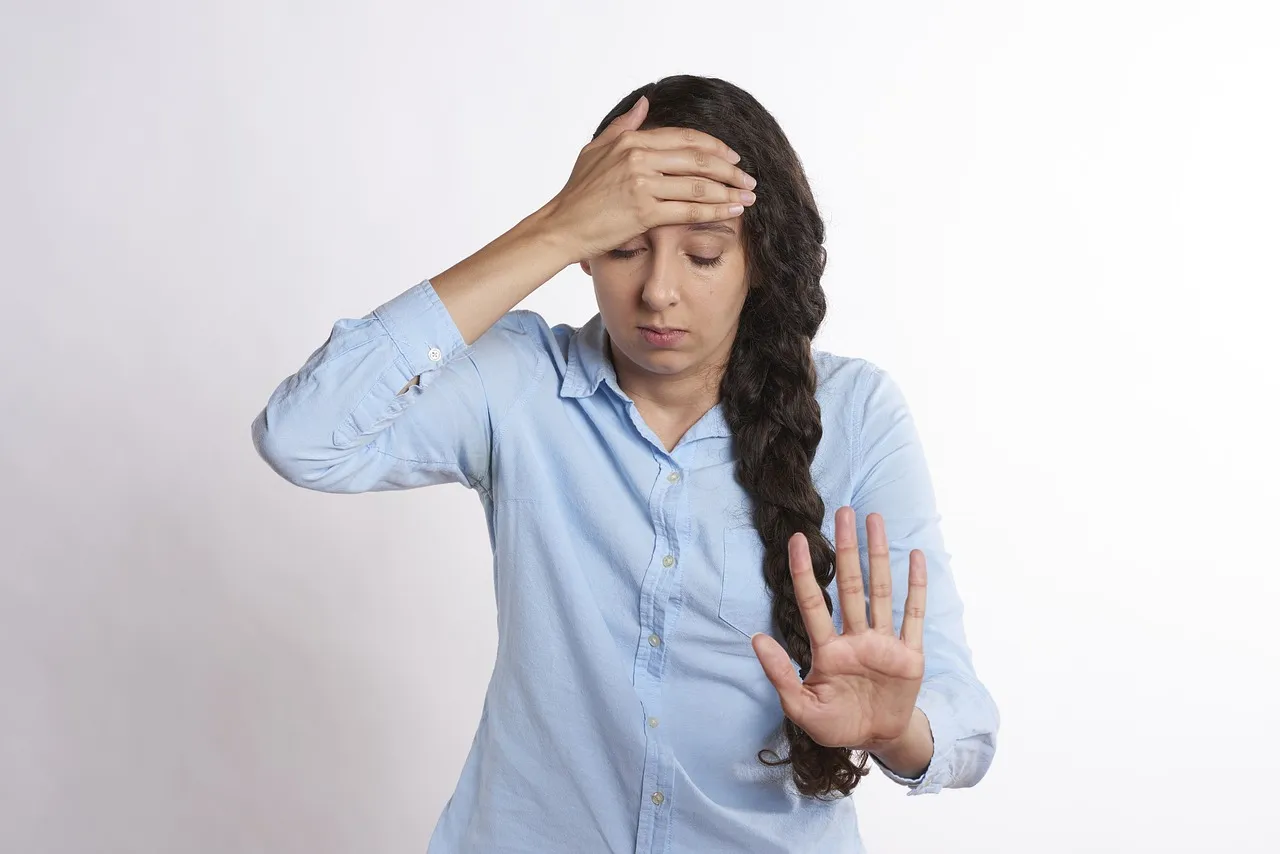









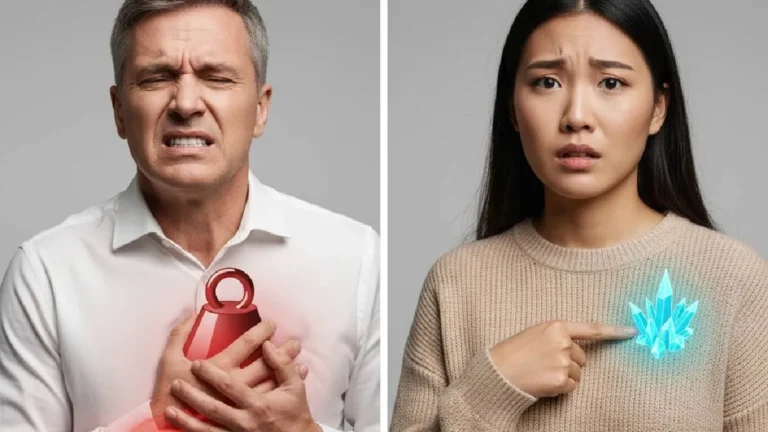
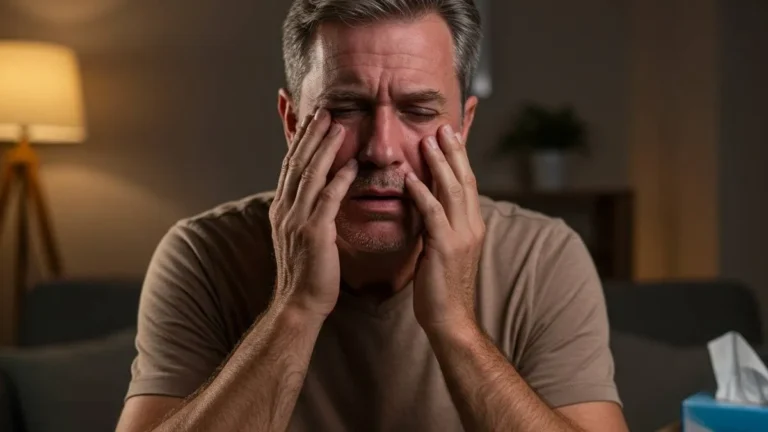
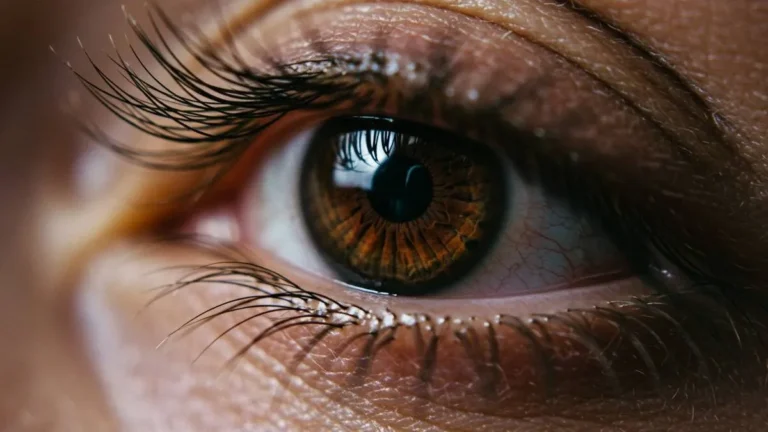
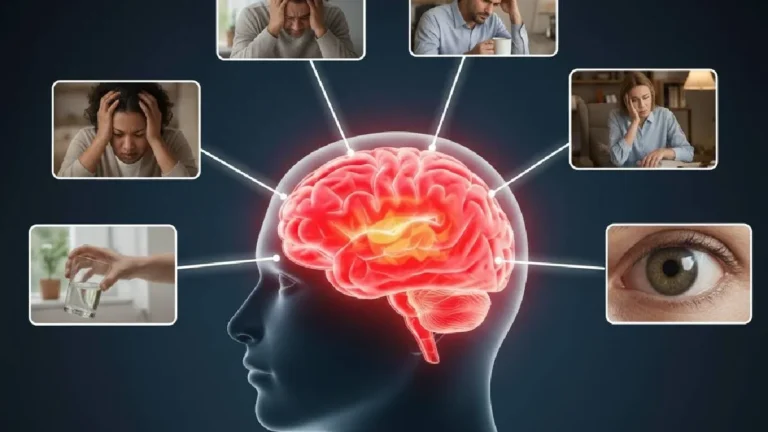
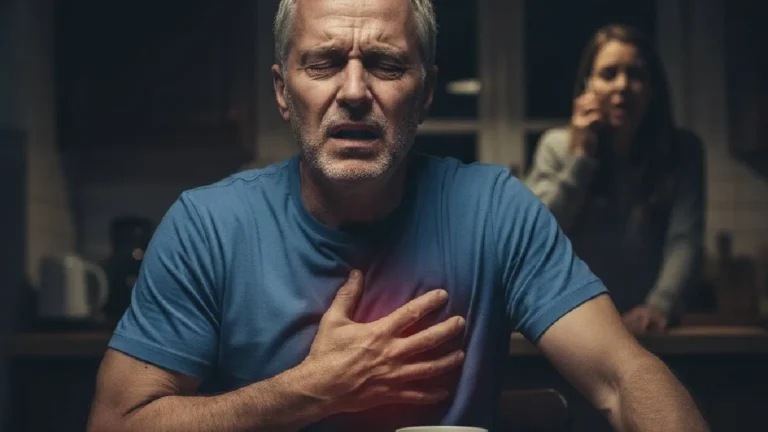
+ There are no comments
Add yours